No products in the cart.
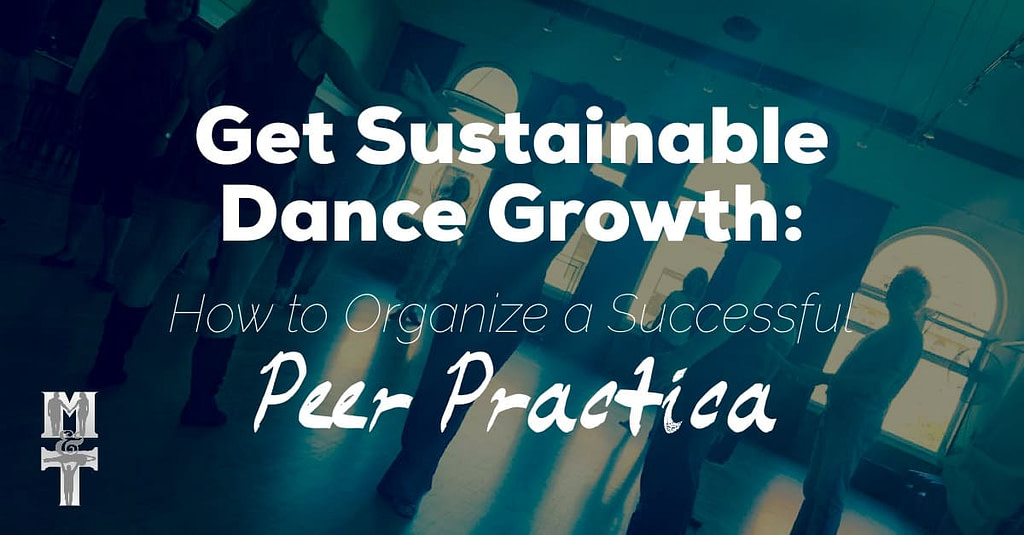
Get Sustainable Dance Growth: How to Organize a Successful Peer Practica
Reading Time: minutes remaining
Do you live in a community where there’s not a lot of dance resources? (dancers/dance parties/instructors)
Do you have a bunch of keen dancers that want to practice outside of class but aren't sure where to start?
Are you starving for feedback to know that you are on the right track?
You don’t need to wait for the next big convention, or think that you can’t grow your WCS until a high-level dancer moves near you. You have the resources right in your backyard to improve your dance and grow the level of dancers in your community.
A Peer Practica – if organized efficiently – can give you the feedback, practice, and momentum you are craving, in your own hometown.
In this article, I’m going to explain how feedback from peers is essential and peer practice can be quite valuable, if guided properly. I’ll also provide some personal stories from our own experiences and some pitfalls to avoid.
Be sure to read till the end to get a free, thorough, specific, how-to guide on setting up and running a Peer Practica.
Your solution: The Peer Practica
Peer Practica are group practice sessions that are not instructed by a teacher. A small group of 3-20 local dancers assembles to work on “homework” they received previously from their teachers.
In the absence of a teacher, one or two people need to act as Practica Leaders, which usually tends to default to the most advanced dancer in the group, but it doesn’t have to. The Practica Leader could be simply the most enthusiastic dancer, and could easily rotate each practice.
The dancers participate in a variety of activities, drills, exercises, and social dance practice while exchanging feedback in a safe environment.
It’s an extremely effective tool to focus your practice and get the feedback you need, only IF that feedback is accurate and appropriate. Peer Practica can serve to fill in the gaps between your private lessons or conventions, and maintain your momentum of growth.
We have taken advantage of Peer Practica at several stages in our dance development. As we were coming up through the ranks, we had a group of peers from all over the US that would gather at conventions, usually during the midnight breakfast buffet. We learned a ton by exchanging ideas from dancers at our own level but from different backgrounds and regions. This was great for us, because we never had peers at our level in our city to practice with.
We took this idea home and started hosting “Peer Jams” in Vancouver. The local dancers loved it, as there was no outlet for this kind of discussion and exchange. The only obstruction to its continuation was the planning and organization end of things. One memorable activity we did was brainstorm a wish list for followers by leaders and vice versa. It was a very enlightening experience for both sides, building both empathy and self-awareness.
Of course, you could name it whatever you like: Peer Practica, Peer Jam, Group Practica, Practice Group, etc.
Why we recommend a Peer Practica
You can take all the lessons you want, but they don’t produce results until you can practice them with a partner “out in the wild”.
You can watch all the You Tube clips you want, but they won’t teach you connection and technique.
In both cases, the missing link is feedback: the simple knowledge of the results of your efforts, no matter how small. Getting feedback is seeing where on the target the arrow landed, watching someone’s facial reaction as you tell them news, or pain when you twist your arm too far behind your back. You know you need feedback to grow. Feedback can be visual, verbal, or physical. Without feedback, you’re sailing in the dark.
You can get feedback from instructors, of course, but group lessons can get busy and private lessons, while ideal, might be too expensive to take on a regular basis.
You can definitely get feedback from your social dance partners, but the quality of that feedback will depend on how skilled they are at analyzing your movement, or how good you are at asking the right questions.
What you need is a safe, structured environment where you can exchange quality feedback regularly with peers who are as equally invested as you are in their own dance progress.
Participating in a Peer Practica requires an understanding of equality and mutual respect. In the interest of learning, we need to take advantage of this closed environment to be vulnerable and open to feedback. While it is socially unacceptable to offer feedback on the social dance floor, the Peer Practica is designed to be a safe place to exchange feedback, so long as we follow some guidelines, as shown here: How to Request, Give, and Receive Feedback
But peer feedback has its limitations, so how can you avoid pitfalls and increase the effectiveness of the Peer Practica?
One time, the Peer Jam was an epic fail. We were tired, hungry, and cranky and neglected to designate a moderator. As you could probably predict – too many cooks in the kitchen made for confusion and drama. We learned our lesson after wasting most of the time on tangential arguments, people got their backs up about silly misinterpretations and there was no one there to take leadership to keep us on course. Always designate a Practica Leader! And consider offering snacks… Learn more key tips to running a successful Peer Practica in our free guide. Read on!
2 quick tips to make your Peer Practica effective
Avoid “the blind leading the blind”
It is risky to depend on uneducated feedback exclusively.
There are so many teachers out there teaching various techniques, tactics, and strategies, that most dancers are confused about which pieces of advice are correct/incorrect.
There is a lot of great advice out there, but not all of it is a good fit for you. Here’s why:
Skills are learned in stages.

Let’s take pirouettes (one-footed spins) as an example.
You may be currently at stage 2 of this 10-stage pirouette skill.
Your peer (who is doing this skill at stage 7) probably has loads of tips to share, but they don’t know which tips YOU need to get from stage 2 to stage 7. So they offer you great feedback and tips from stage 5, but you still can’t get it to work properly and now you are even more confused and frustrated.
The advice they gave you wasn’t bad, but since you weren’t ready for it, it was useless or even counterproductive.
You need filtered and curated feedback designed for your needs and goals. (That’s what we train teachers to do with the Swing Literacy Teacher Development Program.)
So how do you improve the quality of the feedback you and your partners are sharing with each other?
2. Use Guided Practice to stay on track
In elementary school, one of the most effective ways of developing literacy is an activity called Guided Reading. This involves splitting the class into groups based on reading skill level. Then each group gets a turn with the teacher, to work on a variety of drills, activities, and discussions appropriate for their skill level, with the teacher guiding the process to keep them on track.
This is an ideal format for learning that also applies to adult dance training. Unfortunately, this is not a common product offered by teachers and studios, but good teachers are open to it. If you wrangle a group of interested dancers and request a small group private lesson (2-5 couples) with your preferred teacher, they usually will be happy to accommodate you.
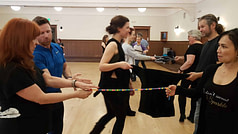
Myles coaching students to help each other using tools to provide unbiased feedback
In this setting, the format would look like:
- the group would present their common goals to the teacher in advance (maybe based on notes collected in prior practica)
- the teacher would prepare drills and activities to address these goals
- while each partnership is working independently on the exercises, the teacher circulates, giving feedback to each couple at a time and moving to the next topic when the group is ready
- the feedback from the teacher can be immediately practiced and verified by partners who heard the same message.
Benefits:
- You get more one on one attention than you would in a group class.
- You get to hear advice that is appropriate and tailored for the stage you are at.
- You get feedback from multiple partners who are working on the same skills at the same time.
- The feedback is more accurate, since it is inline with the teacher’s advice in the moment.
- You get time to practice immediately without the pressure of a group class agenda.
- The pace and flow is dictated by the group, not by the teacher, which allows for more flexibility and natural skill progressions, which is both effective and relaxing.
Once, we ended up having a Peer Jam in a busy restaurant called Cheesecake Factory – why not be productive while you’re waiting for your table? We ended up coming up with a crazy awesome pattern combo that was just challenging enough that we placed a wager on who could execute it the best that night in the comps. The winner got the cheesecake dessert we bought before we left. (Guess who won? ? )
Of course, there are several more tips to help ensure your Peer Practica is fun, successful, and inspiring….
Want our free step-by-step guide on how to organize a successful Peer Practica?
This project might seem overwhelming… it’s important to set it up correctly right from the start, so you can maintain momentum, commitment, and enthusiasm.
We want to help you avoid common mistakes and succeed in setting up your Peer Practica, so we have taken out the guesswork and created this free guide for you!

Peer Practica Step-by-Step Guide
includes:
Step-by-step
instructions
We’ve outlined 17 steps to show you exactly what to do to set up and manage a Peer Practica so even if you have no organizing experience, you can take this initiative and start today.
Practice Activities
Menu
Wondering what you would do without a teacher to guide you? This menu gives you loads of drills, games, and activities to keep the group busy and engaged and working toward their goals.
Expectations & Agreements
The Peer Practica is an unusual environment that can get confusing if ground rules and expectations are not set from the beginning. Use this list to create your own group agreement.
Get Your Peer Practica Step-by-Step Guide
Sign up here to get your Peer Practica Step-by-Step Guide as well as occasional tips and resources from our Dancer Development Insiders' Club.
Final Thoughts
Don’t forget to check in with a coach
While Peer Practica are great on their own, the occasional guided group private lesson with a high-level coach would help keep everyone from infecting each other with confusion and bad habits.
For example, you might organize a group that practices every other week. Every other month, you bring in a coach to give you feedback and assign more “homework”. If there is an international pro visiting, take advantage of the opportunity to book them while they are in town.
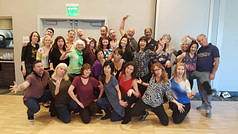
This would also be a great way to initiate your first Peer Practica: have an instructor come in to give structure to the sessions, as a model to follow when they are not there. This could be live, or done via Skype. Inquire about hiring us to coach your group, live or online
Make it a part of your balanced WCS diet
Caveat: Peer Practica should not become your sole source of training and practice!
We observed a community that tried to run a Peer Practica, and it was successful for a while, but it ultimately failed for 2 reasons: 1. There were too many cooks in the kitchen: they rotated Practice Leaders too often, and egos got involved. 2. They never once hired in a high-level coach to guide them. Their practices were disorganized and lacking direction. They argued over conflicting advice they collected from various workshops and videos, but had no mentor to turn to to help mediate issues or clarify questions. These are critical mistakes that caused a cycle of apathy in their community instead of growth. Get the guide so you can avoid mistakes like this!
The Peer Practica is an excellent way to augment your learning, inside of a balanced diet of instruction that includes:
- Group Classes
- Workshop Weekends
- Private Lessons
- Instructional Videos (NOT You Tube clips!)
- Convention Workshops
- Social Dancing
All of these resources work together to train every aspect of improving your social dancing, regardless of your skill level or competition level.
So what are you waiting for? Wrangle the troops and start a Peer Practica in your community!
Did you do it? Did you start a Peer Practica? We’d love to hear your story! Post in the comments below.
Like this article? Pass it on, leave a comment, or like our Facebook page where we post this content regularly!
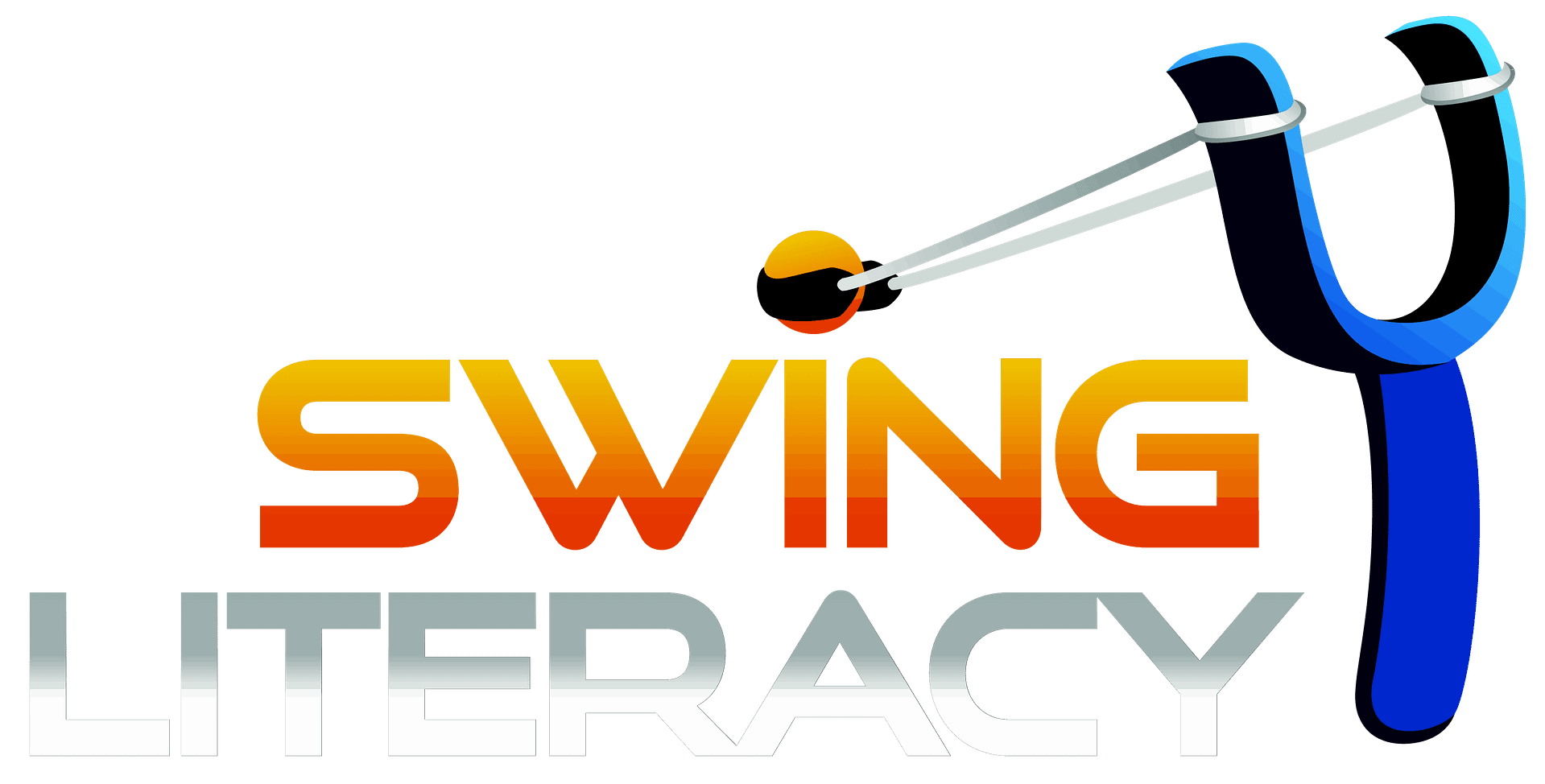
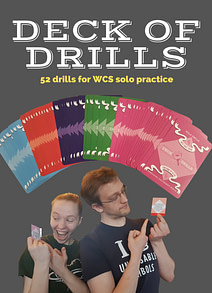
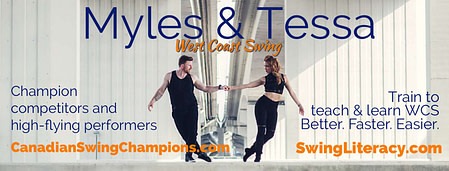
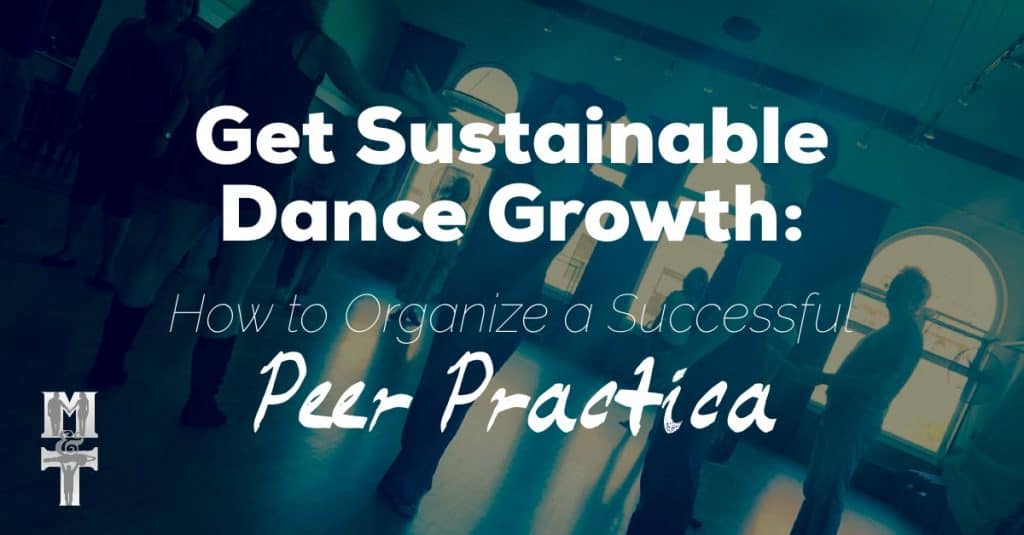
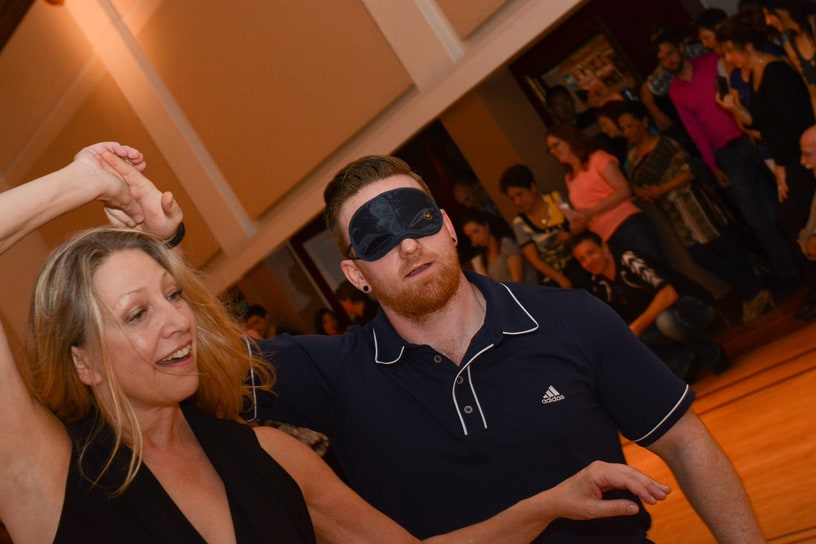
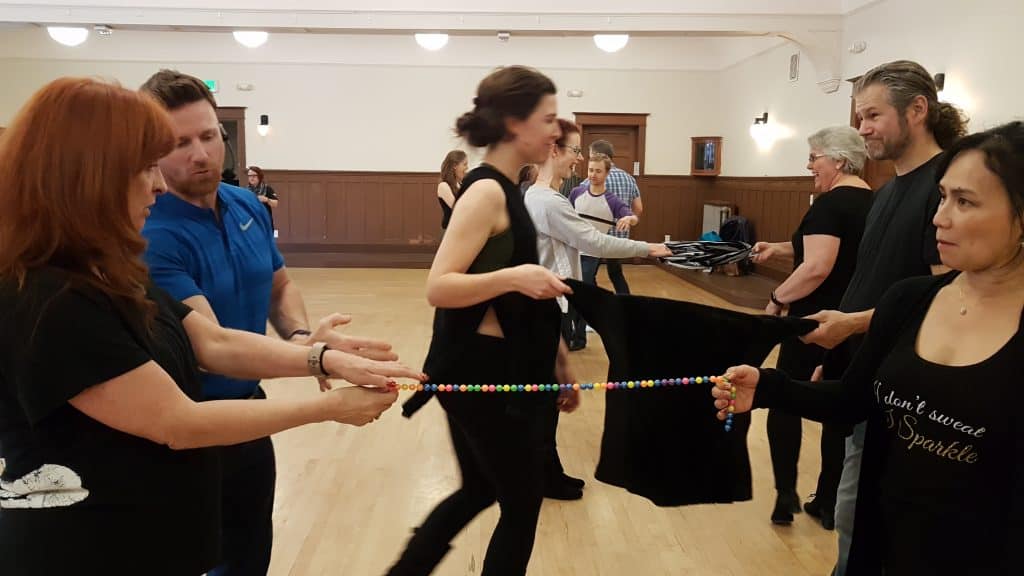
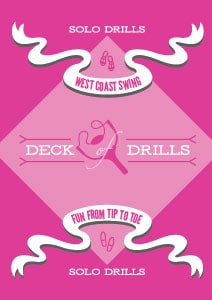
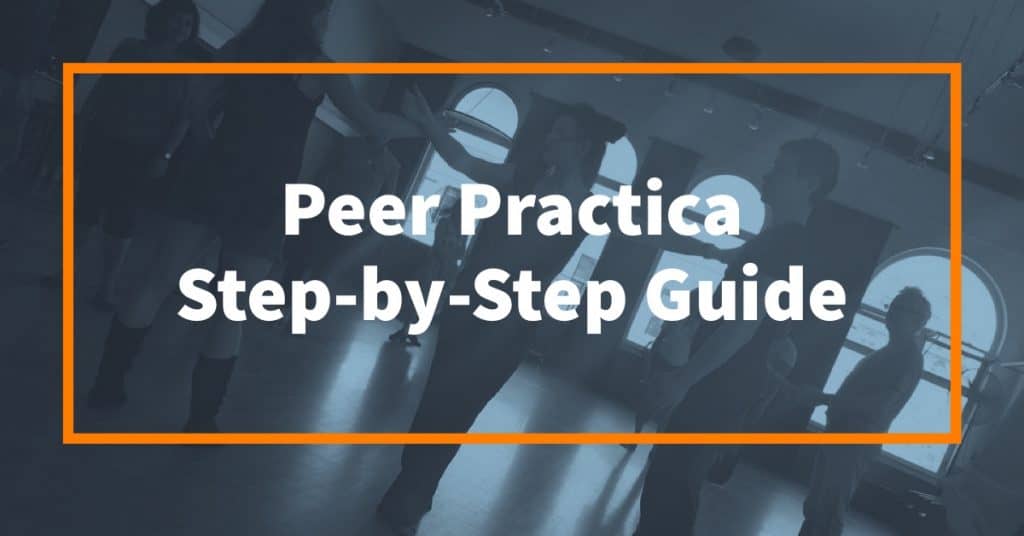
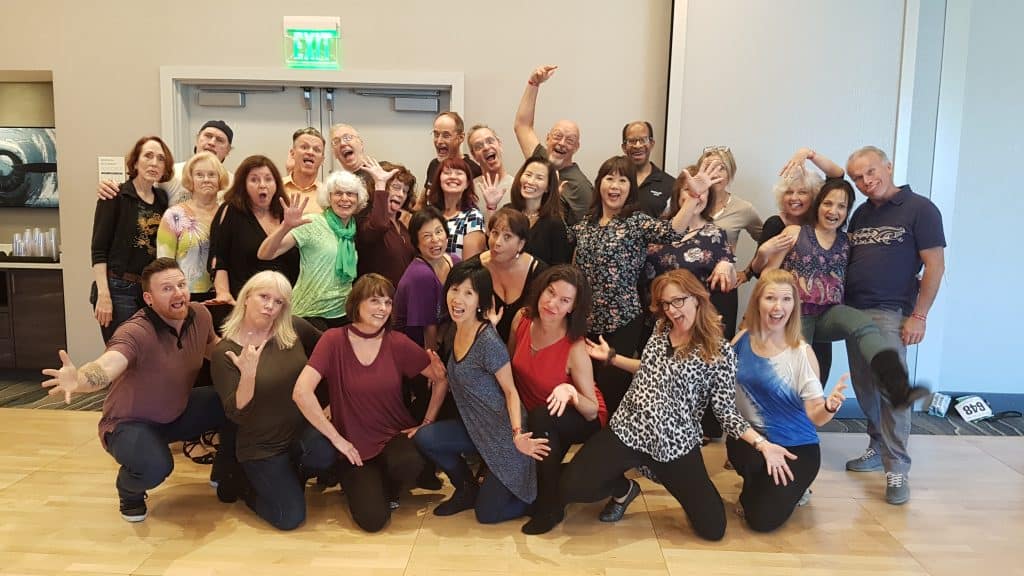 While Peer Practica are great on their own, the occasional guided group private lesson with a high-level coach would help keep everyone from infecting each other with confusion and bad habits.
While Peer Practica are great on their own, the occasional guided group private lesson with a high-level coach would help keep everyone from infecting each other with confusion and bad habits.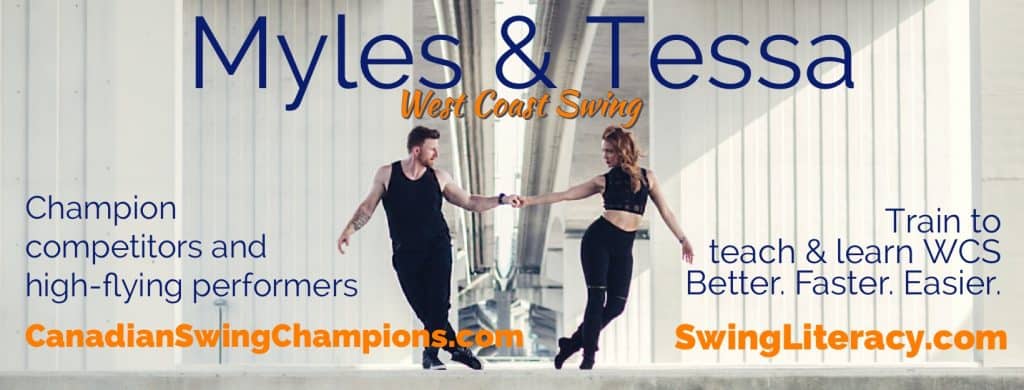
We read your original article on “How to Organize a Successful Peer Practica” last year and then created our VicWIPP (Victoria Westies Intermediate Peer Practice) which is held weekly on Wed nights and bi weekly on Sunday afternoons. Attendance is between 4 and 12 persons and participants REALLY love your format. Lastly , our instructors, Sam and Meaghan attended our first VicWIPP to get it kicked off and attend occasionally to keep us in good form.
Many thanks, Bob and Carolyn Gebbie, Victoria, BC
Example of a garage peer practice https://photos.app.goo.gl/PAkxKC6Y1dUvydYh9
I would love to have the Peer Practica Guide. I can’t seem to get the link to work. Help Myles & Tessa!
Updated! Try now